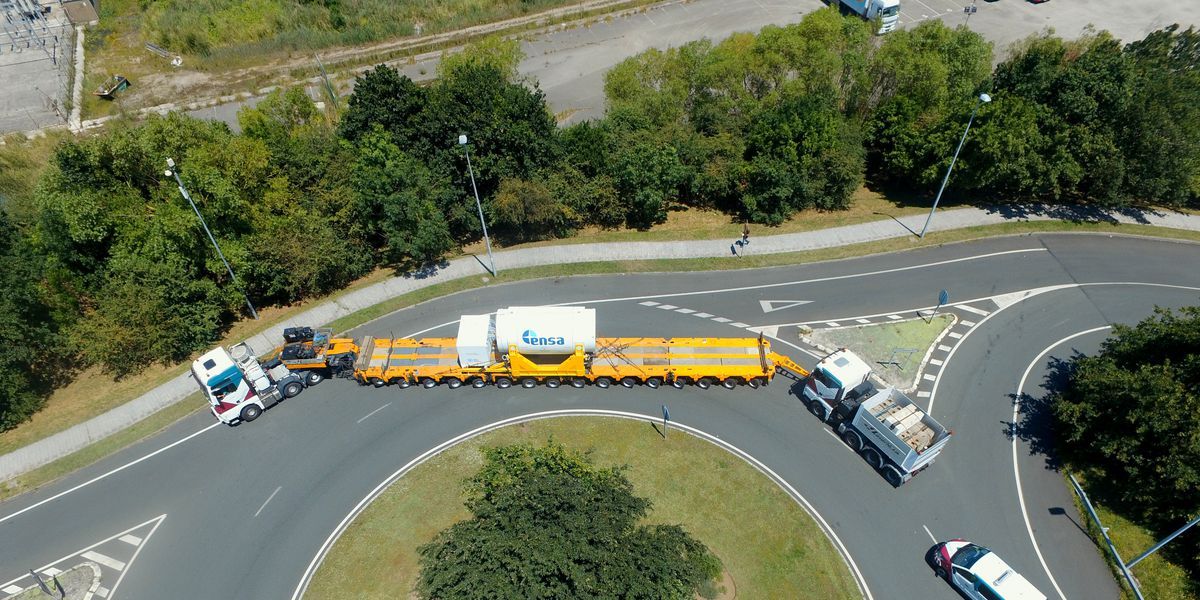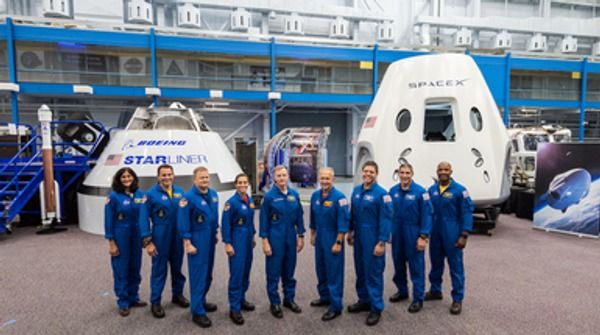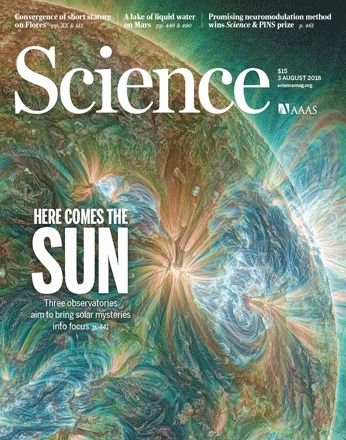Page 9537
Aug 4, 2018
New Ebola outbreak declared in the Congo, this time in a war zone
Posted by Genevieve Klien in categories: biotech/medical, health
Aug 4, 2018
Astronomers develop formula for finding habitable planets
Posted by Genevieve Klien in category: alien life
One of the biggest challenges for astronomers searching for habitable exoplanets is trying to match up newly discovered worlds with the increasingly long list of criteria that we believe are required for life to take root. A planet may be at a reasonable distance from its host star, but if that star is too young or too old, or just the wrong type, life as we know it would have a hard time there. Now, researchers are reporting the existence of several new planets that appear to meet all the requirements.
The research, which was conducted by scientists from the University of Cambridge and the Medical Research Council Laboratory of Molecular Biology, focuses on planets that are at a safe distance from their host star, but that are also getting enough UV light to trigger the chemical reactions that serve as the foundation for life to exist.
The researchers involved with the study used data from previous experiments that demonstrated the conditions under which the building blocks of life may have formed. Chemicals produced as a result of carbon-rich meteorites slamming into the early Earth are thought to have been a precursor for life, but the scientists still needed to account for the role that the sun played.
Continue reading “Astronomers develop formula for finding habitable planets” »
Aug 4, 2018
Nanotube “Rebar” Makes Graphene Even Stronger
Posted by Genevieve Klien in categories: nanotechnology, particle physics, space
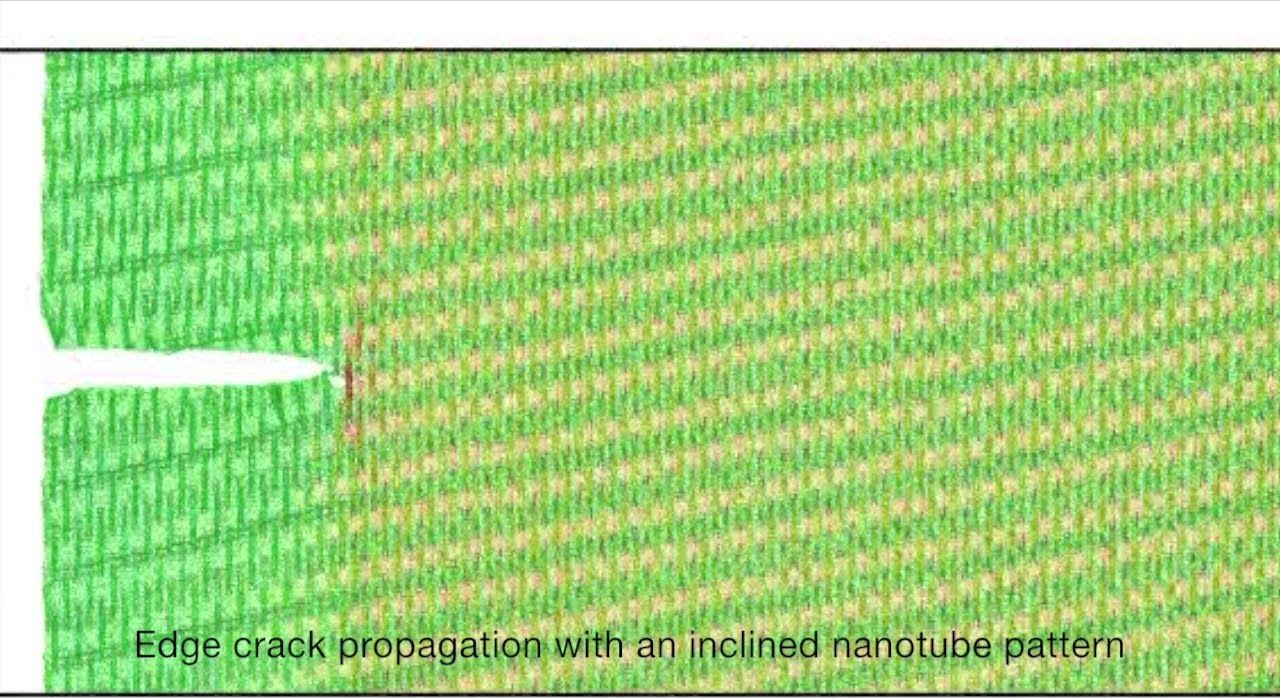
You may know graphene as a pseudo-legendary substance that could potentially revolutionize science and space travel and all sorts of things. If you don’t, you should get educated is pretty ridiculous. Simply made from carbon arranged into perfect one atom thing sheets makes the material one of the strongest ever observed. And, now, researchers at Rice University have found that so-called “rebar” graphene is dramatically tougher.
Graphene is much stronger than steel. In fact, an elephant could stand on a pencil and that pressure couldn’t break through a thin sheet of the material. But, because it is arranged in sheets, it can still be ripped if damaged from the right angle. But the researchers figured that reinforcing the structure, as we do with steel bars in concrete structures, l could help prevent damage.
Continue reading “Nanotube ‘Rebar’ Makes Graphene Even Stronger” »
Aug 4, 2018
NASA Introduces Nine Astronauts for First Commercial Flights
Posted by Genevieve Klien in category: space travel
The “Commercial Crew Nine” will fly to space in hardware made by Boeing and SpaceX
- By Tariq Malik, SPACE.com on August 4, 2018
Aug 4, 2018
Scale-invariant magnetoresistance in a cuprate superconductor
Posted by Genevieve Klien in categories: evolution, law, quantum physics
Cuprate superconductors have many unusual properties even in the “normal” (nonsuperconducting) regions of their phase diagram. In the so-called “strange metal” phase, these materials have resistivity that scales linearly with temperature, in contrast to the usual quadratic dependence of ordinary metals. Giraldo-Gallo et al. now find that at very high magnetic fields—up to 80 tesla—the resistivity of the thin films of a lanthanum-based cuprate scales linearly with magnetic field as well, again in contrast to the expected quadratic law. This dual linear dependence presents a challenge for theories of the normal state of the cuprates.
Science, this issue p. 479
The anomalous metallic state in the high-temperature superconducting cuprates is masked by superconductivity near a quantum critical point. Applying high magnetic fields to suppress superconductivity has enabled detailed studies of the normal state, yet the direct effect of strong magnetic fields on the metallic state is poorly understood. We report the high-field magnetoresistance of thin-film La2–xSrxCuO4 cuprate in the vicinity of the critical doping, 0.161 ≤ p ≤ 0.190. We find that the metallic state exposed by suppressing superconductivity is characterized by magnetoresistance that is linear in magnetic fields up to 80 tesla. The magnitude of the linear-in-field resistivity mirrors the magnitude and doping evolution of the well-known linear-in-temperature resistivity that has been associated with quantum criticality in high-temperature superconductors.
Continue reading “Scale-invariant magnetoresistance in a cuprate superconductor” »
Why it matters: “With rising populations, growing mega-cities, and rapid global travel that saw more than 1 billion international tourist arrivals in 2015 alone — a new strain of deadly flu will make 1918 look like a walk in the park.”
Aug 4, 2018
Is Phosphorus the Reason We Haven’t Found Aliens Yet?
Posted by Michael Lance in category: alien life

Extraterrestrial life in the universe might be rarer than scientists thought; here’s why.
Follow Elements for more!
Aug 4, 2018
How will Bitcoin Work When Mining Rewards Run Out?
Posted by Philip Raymond in categories: bitcoin, cryptocurrencies, economics, internet
Let us frame the question, by reviewing what miners really do…
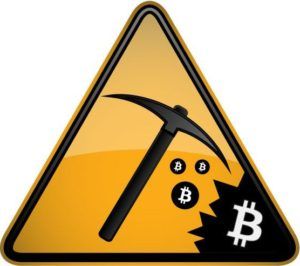 Miners play a critical role in the Bitcoin network. Their activity (searching for a nonce) results in assembling an immutable string of blocks that corroborate and log the universal transaction record. They are the distributed bookkeepers that replace old-school banks in recording and vouching for everyone’s purchase or savings.
Miners play a critical role in the Bitcoin network. Their activity (searching for a nonce) results in assembling an immutable string of blocks that corroborate and log the universal transaction record. They are the distributed bookkeepers that replace old-school banks in recording and vouching for everyone’s purchase or savings.
From the perspective of a miner, there is no obvious connection between their activity and the worldwide network of bitcoin transactions and record keeping. They are simply playing an online game and competing against thousands of other miners in an effort to solve a complex and ongoing math problem. As they arrive at answers to small pieces of the problem, they are rewarded with bitcoin, which can be easily translated into any currency.
What is the Problem?
Continue reading “How will Bitcoin Work When Mining Rewards Run Out?” »
Aug 4, 2018
Elon Musk is fulfilling Thomas Edison’s energy dreams | Michio Kaku
Posted by Sean Brazell in categories: Elon Musk, robotics/AI, singularity
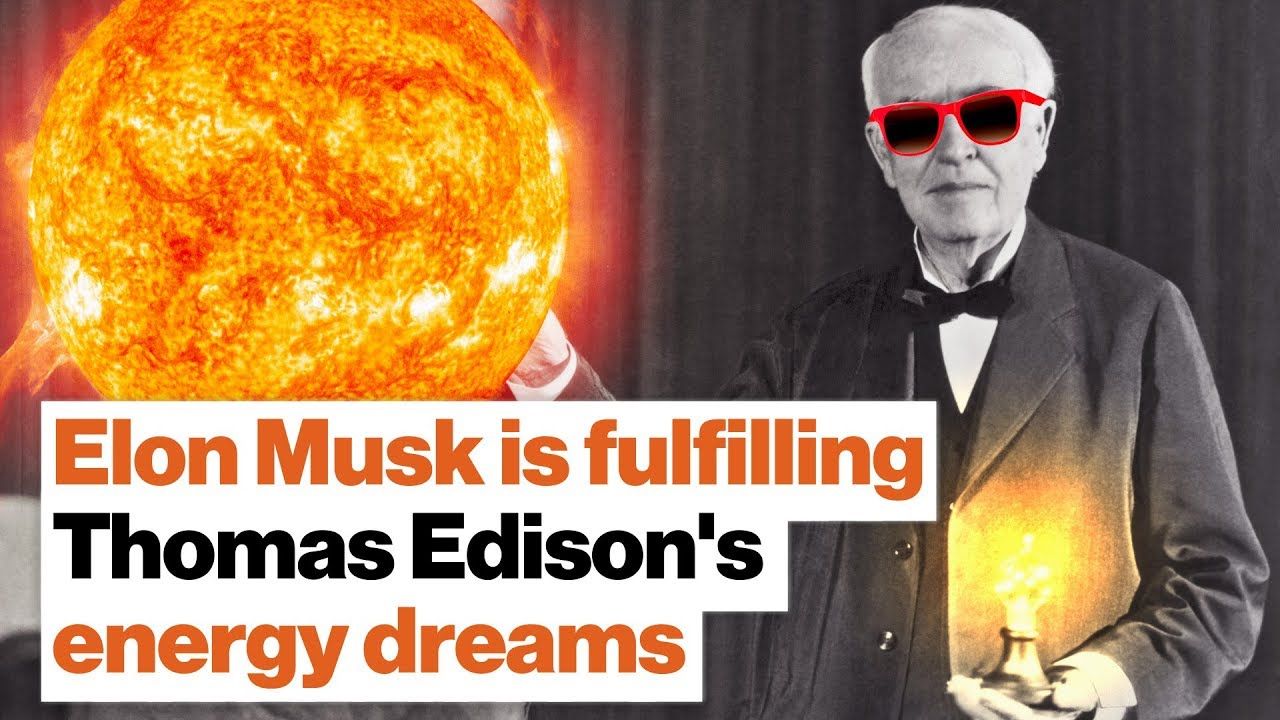
I think we have finally entered the rapid exponential runaway phase of the technological Singularity. As we’ve already seen in the last year year-and-a-half, we are in an era of unprecedented chaos and innovation. The invention of multifidus AI is, of course, the driver of the singularity and as we move forward people like Musk will become ever more importance to the future of our species.
Having a president like Donald Trump can I think, be taken as just another symptom of this period of time. It might not seem like Donald Trump has anything to do with the singularity. He, PERSONALLY, doesn’t, really. But the methods of his madness are the salient data point here. His use of Twitter VERY quickly changed the way millions of people communicate. It changed how they view the world, and their place within it. They have fallen to theiir knees in hypocritically and ENTIRELY UNFORGIVEABLE SUBMISSION to the SICKLY malevolent STUPIDITY that is embodied in the orange, spoiled meat named Donald J Trump. The Right has finally drunk the Kool-Aid that they’ve been serving everyone else for years and found it to be most unpleasantly bitter. They have been bitten by the hand that feeds them.
